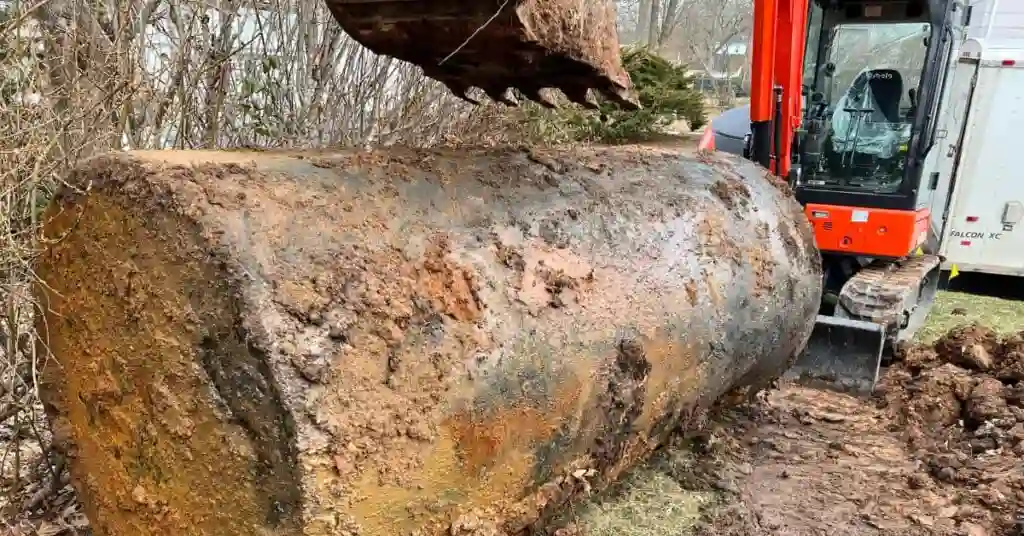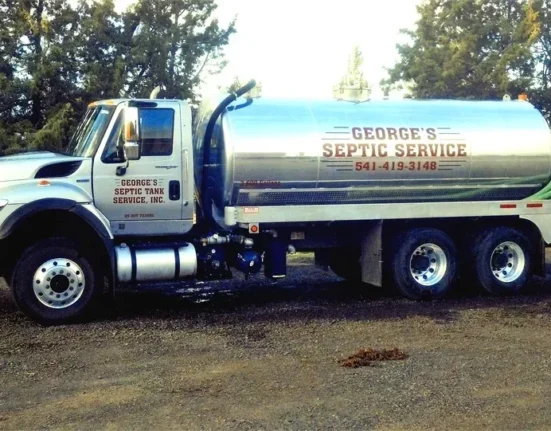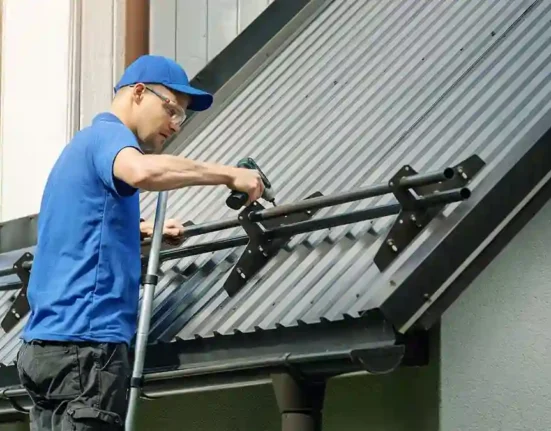For homeowners facing the challenge of aging oil tanks, the process of removal can be a daunting prospect. “Unearthing Solutions: A Homeowner’s Handbook on Oil Tank Removal” serves as a comprehensive guide, providing essential insights and practical solutions to empower homeowners through the intricate journey of safely and responsibly removing oil tanks from their properties.
1. Understanding the Need: Signs of Aging and Potential Risks
The journey begins with homeowners understanding the need for oil tank removal. Recognizing signs of aging, such as rust, corrosion, and potential leaks, is crucial. This handbook sheds light on these indicators, helping homeowners make informed decisions about the necessity of oil tank removal for the safety of their property and the environment.
2. Environmental Awareness: Minimizing Impact Through Preparation
A central theme in the homeowner’s handbook is environmental awareness. Homeowners must be prepared for the potential impact on their surroundings, including soil and groundwater. The handbook emphasizes responsible practices to minimize environmental impact throughout the oil tank removal process, fostering a conscientious approach to the task at hand.
3. Navigating the Regulatory Landscape: Permits and Compliance
Successful oil tank removal requires navigating the regulatory landscape. Homeowners need to secure permits and adhere to local regulations governing the removal process. This section of the handbook provides valuable insights into the regulatory requirements, ensuring homeowners can navigate this complex terrain with confidence and compliance.
4. Professional Collaboration: Tapping into Removal Expertis
Collaboration with removal experts is a key aspect outlined in the handbook. Removal experts bring valuable insights into the tank’s condition, potential risks, and optimal removal methods. By consulting with professionals, homeowners gain a deeper understanding of the removal process, ensuring informed decision-making throughout the journey.
5. Risk Assessment: Identifying and Mitigating Hazards
Conducting a thorough risk assessment is an essential component of the homeowner’s handbook. Identifying potential hazards, whether structural or environmental, allows homeowners to implement targeted mitigation strategies. This proactive approach minimizes the likelihood of accidents and ensures a safe and successful oil tank removal operation.
6. Choosing the Right Removal Method: Tailoring to Property Dynamics
Selecting the appropriate removal method is a critical decision highlighted in the handbook. Factors such as the tank’s condition, location, and potential environmental impact guide this choice. Tailoring the removal method to property dynamics ensures an efficient and safe operation, minimizing disruption and mitigating potential risks.
7. Strategic Site Excavation: Precision in Uncovering the Tank
The handbook emphasizes the importance of strategic site excavation. Skilled operators equipped with specialized tools must execute precise digging techniques to uncover and extract the tank without causing damage or environmental disruption. Precision in site excavation is vital for the success of the oil tank removal process.
8. Pumping Protocols: Safely Extracting the Tank’s Contents
Strategic pumping protocols are detailed in the handbook for the safe extraction of the tank’s contents. Advanced pumping technologies minimize the risk of spills, ensuring a clean and controlled extraction process. Following environmental regulations guarantees the responsible handling and disposal of extracted oil, aligning with the handbook’s emphasis on safety and efficiency
9. Tactical Lifting and Transport: Ensuring a Secure Transition Above Ground
Tactical lifting and transport are pivotal elements explored in the homeowner’s handbook. Precision and specialized equipment ensure a secure extraction without causing damage. Skilled operators contribute to a safe removal process, minimizing risks associated with lifting and transporting the tank from below ground to above ground, ensuring a secure transition.
10. Post-Removal Verification: Confirming Success and Environmental Integrity
The journey culminates in post-removal verification, a critical step highlighted in the handbook. Environmental testing and soil analysis provide assurance that the removal process has been safe and effective, leaving the property free from contamination. Confirming success ensures homeowners can move forward confidently, having successfully unearthed solutions for their oil tank removal challenges.
Conclusion:
“Unearthing Solutions: A Homeowner’s Handbook on Oil Tank Removal” equips homeowners with the knowledge and practical solutions needed to navigate the complexities of oil tank removal successfully. From recognizing signs of aging tanks and preparing for potential environmental impact to navigating regulations, collaborating with professionals, and implementing precise removal methods, this handbook ensures a thorough understanding of the process. Risk assessments, strategic excavation, pumping protocols, tactical lifting, and post-removal verification contribute to the safety and success of oil tank removal, empowering homeowners to unearth solutions confidently and responsibly.









